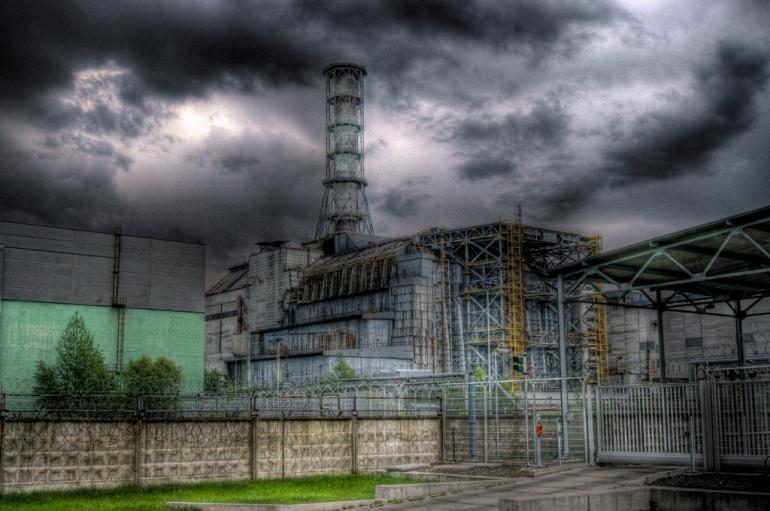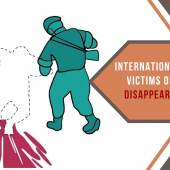International Chernobyl Disaster Remembrance Day

Chernobyl Nuclear Power Plant, April 26, 1986. A routine 20-second shut down of the system seemed to be another test of the electrical equipment. But seven seconds later, a surge created a chemical explosion that released nearly 520 dangerous radionuclides into the atmosphere.
The force of the explosion spread contamination over large parts of the Soviet Union, now the territories of Belarus, Ukraine, and Russia.
According to official reports, 31 people died immediately and 600,000 “liquidators,” involved in fire-fighting and cleanup operations, were exposed to high doses of radiation.
Based on official reports, nearly 8.4 million people in Belarus, Russia, and Ukraine were exposed to radiation. About 155,000 sq. km of territories in the three countries were contaminated.
Agricultural areas covering nearly 52,000 sq. km were contaminated with cesium-137 and strontium-90, with 30-year and 28-year half-lives respectively.
Nearly 404,000 people were resettled, but millions continued to live in an environment where continued residual exposure created a range of adverse effects.
No reports were released until the third day after the Chernobyl explosion. Then, Swedish authorities correlated a map of enhanced radiation levels in Europe with wind direction and announced to the world that a nuclear accident had occurred somewhere in the Soviet Union.
Before Sweden’s announcement, the Soviet authorities were conducting emergency fire-fighting and cleanup operations but had chosen not to report the accident or its scale in full.
No established legitimate authority was able to immediately address the situation and provide answers to questions such as: Is it safe to leave the house? Is it safe to drink water? Is it safe to eat local produce?
During the first four years after the Chernobyl accident, the Soviet authorities decided to largely deal with the consequences of the explosion at a national level.
Without Soviet endorsement, the United Nations and its partners sought ways to provide emergency support, which included assessing the nuclear safety and environmental conditions of the contaminated area, and diagnosing the various medical conditions that resulted from the accident.
The UN also focused on raising the awareness of the area’s inhabitants, teaching them how to protect themselves from radionuclides found in the environment and in agricultural products.
In 1990, the Soviet government acknowledged the need for international assistance. As a result, the General Assembly adopted Resolution 45/190, which called for “international cooperation to address and mitigate the consequences at the Chernobyl nuclear power plant.”
Since 1986, United Nations organizations and major NGOs and foundations have launched more than 230 different research and assistance projects in the fields of health, nuclear safety, including the construction of shelter, among others.
Over time it has become clear that the task of environmental and health recovery cannot be separated from the task of development.
In 2001, UNDP, and its regional director for the three affected countries became part of the coordination mechanism for Chernobyl cooperation.
The following year, the United Nations announced a shift in strategy, with a new focus on a long-term developmental approach, as opposed to emergency humanitarian assistance. (Source: UN website)
Radio Veritas Asia (RVA), a media platform of the Catholic Church, aims to share Christ. RVA started in 1969 as a continental Catholic radio station to serve Asian countries in their respective local language, thus earning the tag “the Voice of Asian Christianity.” Responding to the emerging context, RVA embraced media platforms to connect with the global Asian audience via its 21 language websites and various social media platforms.











